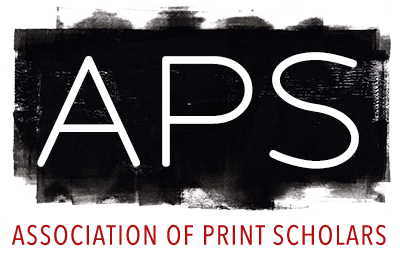Exhibition Information
Posted: 06/05/2019
Posted by: Association of Print Scholars
“Through a Glass, Darkly”: Allegory and Faith in Netherlandish Prints from Lucas van Leyden to Rembrandt
Walter S. Melion, James Clifton.
Michael C. Carlos Museum of Emory University,
Atlanta,
GA, United States.
08/31/2019 -
12/01/2019.
From 1500-1700, printmakers in the Low Countries were, as a group, the most skilled and prolific in all of Europe, and prints, often combined with text, played an important role in Netherlandish religious culture during this period. Printmakers utili. . .
zed allegory in their work to address the most fundamental issues binding the human and the divine: love, virtue, vice, sin, death, and salvation.
"Through a Glass, Darkly”: Allegory and Faith in Netherlandish Prints from Lucas van Leyden to Rembrandt will be the first major exhibition to systematically consider the form, function, and meaning of allegorical prints produced in the Low Countries between the 16th and 18th centuries, and will serve as the basis for an illustrated catalogue produced by curators Walter S. Melion, Asa Candler Griggs Professor of Art History and director of the Bill and Carol Fox Center for Humanistic Inquiry at Emory University, and James Clifton, director of the Sarah Campbell Blaffer Foundation and curator of Renaissance and Baroque painting at the Museum of Fine Arts, Houston.
"Through a Glass, Darkly”: Allegory and Faith in Netherlandish Prints from Lucas van Leyden to Rembrandt will be the first major exhibition to systematically consider the form, function, and meaning of allegorical prints produced in the Low Countries between the 16th and 18th centuries, and will serve as the basis for an illustrated catalogue produced by curators Walter S. Melion, Asa Candler Griggs Professor of Art History and director of the Bill and Carol Fox Center for Humanistic Inquiry at Emory University, and James Clifton, director of the Sarah Campbell Blaffer Foundation and curator of Renaissance and Baroque painting at the Museum of Fine Arts, Houston.
